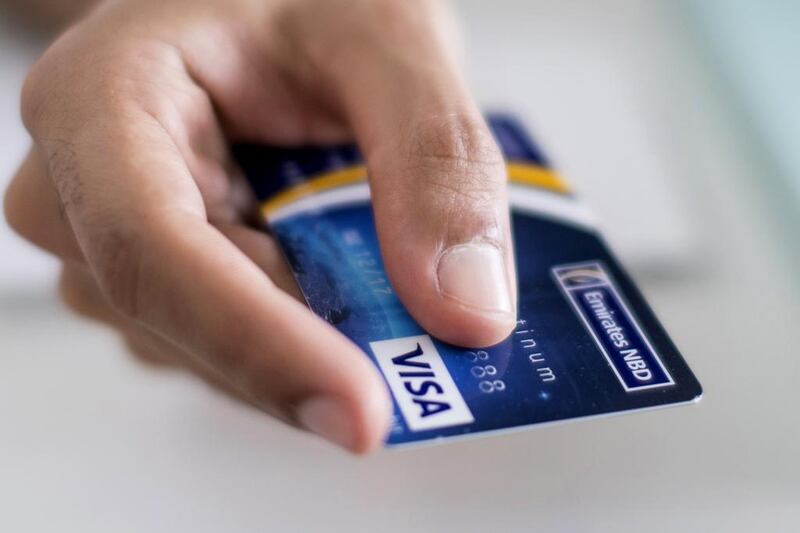Affluent millennials are key to e-commerce growth in the UAE and Saudi Arabia in a region where cash is still king.
E-commerce generated US$2.5 billion in payment volume on Visa cards alone last year in the Arabian Gulf and is expected to grow at 25 per cent this year, as it did last year, led by millennials, according to a study from Visa released on Tuesday.
Of this amount, 40 per cent comes from the UAE and about 35 per cent from Saudi Arabia.
“In the UAE, we expect that credit cards will account for 65 per cent of retail payment volumes by 2018,” the report from the global payments technology company said.
Millennials are those born between 1980 and the early 2000, according to the study.
For those in the UAE, the average annual gross income is expected to reach US$40,000 by 2019, while in Saudi Arabia the figure is expected to be $18,000.
Visa surveyed 1,000 people for the study in the UAE and Saudi Arabia last year, which included nationals and expats.
When it comes to travel-related spending, the Middle East millennials, predominantly the Arabian Gulf youth, are the highest spenders globally. They spend on average US$2,888 compared with $2,500 from a North American Millennial or $1,297 in Europe, according to Visa.
In the UAE, 76 per cent of the Millennials shop online and 55 per cent pay bills online. In online shopping, they spend the highest for business travel at $699 per transaction, and for leisure travel $585 per transaction. Electronics were the next indulgence with the average spending per person at $404.
Yet they are a dissatisfied lot due to poor online payment experience.
“Faced with a poor online experience, many say that they either drop out of the planned transaction, or revert to a branch or call centre,” the Visa report said. “Millennials in [the UAE and Saudi Arabia] express concern over security – particularly the safety of their card information.”
They are also unhappy with the reward and loyalty programmes.
E-commerce forms only 1 per cent of the total retail revenue in the Arabian Gulf region, according to Rashid Alabar, the founder of two-year-old Sivvi.com, an online fashion retailer with a regional presence. In more developed markets, such as the US or Europe, it is about 15 per cent, he said.
Cash on delivery, which forms 70 per cent of the payments in the UAE at Sivvi.com and 85 per cent in Saudi Arabia, is not an efficient business model, he said.
“We can’t know how serious the customer is, it can be a 12-year-old placing an order and when we go their home, no one is there,” Mr Alabar said. “Operations become difficult and if you are looking at scale, you need a large manpower for the collections and we end up chasing the customer with cash on delivery.”
The average transaction size is Dh350 in the Arabian Gulf at Sivvi.com, which lists 140 brands on its website. It expects to add about 20 new brands by the end of this year. It also expects to add home and decor as a new category of goods on its website.
“We are at a nascent stage [in the region] and the future of e-commerce is rosy,” he said.
Car services company Uber is piloting a project where it is studying the feasibility of cash payments in the UAE.
“As soon as we started cash payments in Saudi Arabia, user rates skyrocketed,” said David Ham, the head of marketing for the Middle East and North Africa region at Uber.com. It introduced cash payments in Saudi Arabia a year ago and it now forms a “significant portion of the payments”.
In the UAE, 31 per cent of the population is under 25 years old, while in Saudi Arabia it is 50 per cent, according to the Visa study.
ssahoo@thenational.ae
Follow The National's Business section on Twitter





